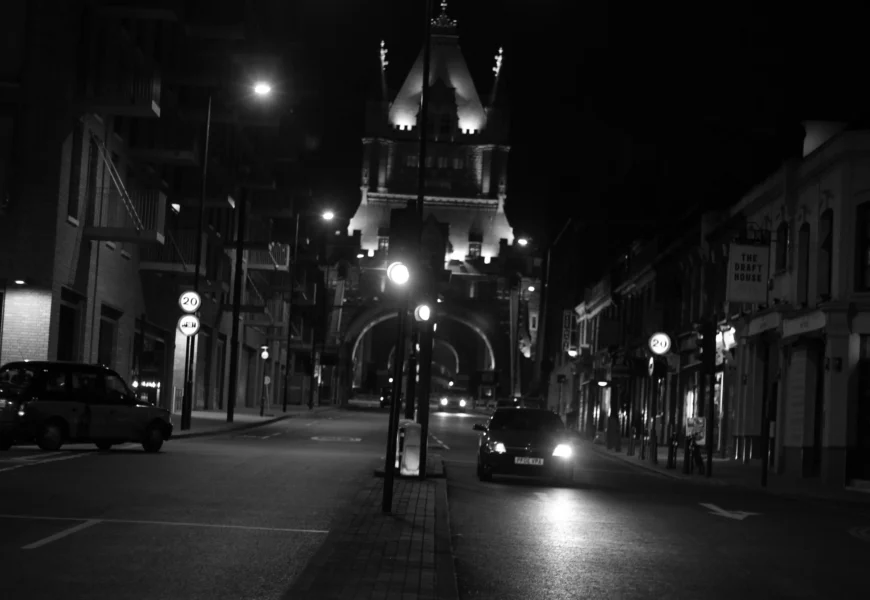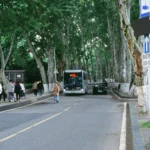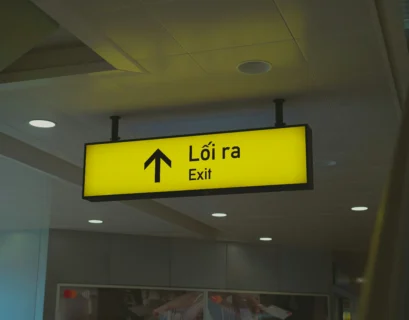Planning a trip to Spain? Master the “four Ts” that travelers ask about most: trains, tapas, timetables, and tipping. This quick, practical guide shows you how to move between cities efficiently, eat like a local, keep pace with Spanish hours, and handle gratuities with confidence.
Below you’ll find field-tested advice, concise checklists, and a handy table of key numbers so you can plan smart and enjoy more of your time on the ground.
Trains in Spain: how to book and ride smoothly
Spain’s rail network is modern and extensive, with high-speed AVE trains linking major cities. Booking in advance usually unlocks the best fares, and arriving at the station 20–30 minutes early gives you time for security checks and platform boarding, as many travel guides note. If you’re planning evening travel, consider meal times see Planning around Spanish hours.

Quick booking and boarding tips
- Buy early for savings: Advance fares are often significantly cheaper than last-minute tickets.
- Arrive 20–30 minutes ahead: Some stations have bag scanners and gates before the platform.
- Keep your ID handy: You may be asked to show ID that matches the name on your ticket.
- Watch the departure boards: Platforms can be posted close to departure time stand by the screens.
- Travel light: Overhead shelves and end-of-car racks fill quickly on popular routes.
Data point: Madrid–Barcelona by high-speed train typically takes about 2.5–3 hours, city center to city center.
Tapas: share small plates the Spanish way
Tapas are made for sharing. It’s common to order multiple small plates for the table rather than one large entrée per person. Start with a few dishes, then order more as you go this keeps food fresh and the pace relaxed.

Tapas etiquette essentials
- Order in rounds: Begin with 2–3 plates for two people; add more based on appetite.
- Share by default: Tapas are communal; place dishes in the center and use small side plates if provided.
- Bar vs. table: Standing at the bar is fast and social; table service is slower but comfortable.
- Ask about specials: Many bars have a chalkboard or verbal daily picks worth trying.
Timetables: eat and plan on Spanish time
Spain runs later than many visitors expect. Lunch is commonly around 2 pm, and dinner starts at 8 pm or later. Adjust your daily rhythm and bookings to match local hours, especially outside the most touristy zones.
Planning around Spanish hours
- Lunch: Aim for roughly 1:30–3:30 pm; reservations help on weekends.
- Dinner: Kitchens often open at 8 pm; prime time is closer to 9–10 pm.
- Attractions: Check midday hours; some venues keep split shifts (morning and evening openings).
- Snacks: Use late breakfasts or a mid-afternoon merienda to bridge the gap to dinner.
Tipping in Spain: simple, sensible, and optional
Tipping is not mandatory in Spain, but it’s appreciated for good service. For sit-down restaurants, leaving about 7–10% or rounding up is common. If you’re standing at the bar for drinks or tapas, tipping is not generally expected, though small change is always welcome.
Practical tipping guidance
- Restaurants (seated): 7–10% for good service, or round up the bill.
- Bars (standing): Not expected; leave coins only if you wish.
- Paying the tip: Cash on the table is simplest; card terminals may not have a tip line.
- Service charge: Bills rarely include a service fee; tips are discretionary.
Key numbers at a glance
| Topic | Quick stat | Why it matters |
|---|---|---|
| High-speed train check-in | Arrive 20–30 minutes early | Allows time for security and boarding gates |
| Madrid–Barcelona by AVE | ~2.5–3 hours | Beats flying when you factor airport transfers |
| Lunch time | Around 2 pm | Plan museum visits and reservations accordingly |
| Dinner time | 8 pm or later | Don’t be surprised by late seatings |
| Restaurant tip (seated) | 7–10% or round up | Customary but not obligatory |
| Bar tip (standing) | Not expected | Coins optional for exceptional service |

FAQs
How far in advance should I book AVE tickets to get best fares?
Book as early as you can once schedules are released advance purchase usually yields the lowest “Promo” or discounted fares. Prices climb as departure nears and for peak days/times. If your dates are fixed, lock them in early; if flexible, check nearby trains to spot cheaper off-peak options.
What identification is required when traveling on Spanish long-distance trains?
Carry an ID that matches the name on your ticket. A passport works for non-EU travelers; EU/EEA citizens can use a national ID card. Have the physical document (not just a photo) ready, as staff may request it during boarding or onboard checks.
How do I order and share tapas like locals in a busy bar?
Grab a spot at the bar, order a couple of plates and drinks to start, and keep your tab open. Place dishes in the center to share, then add another round once you’ve sampled the first. If offered, choose media ración (half) sizes to try more variety without overordering.
Should I tip by percentage or round up at sit-down restaurants?
Either approach is fine in Spain. Rounding up is common for casual meals; for notably good service, 7–10% is a solid guideline. Tips are discretionary cash left on the table is the simplest method if the card terminal lacks a tip option.
What should I do if a train platform is posted just before departure?
Wait near the main departure board, then head straight to the posted platform when it appears. Check your car number on your ticket, board the correct coach, and stow bags quickly. Have your ticket and ID ready gates and doors may close a few minutes before departure.
Bottom line
Book Spain’s high-speed trains early, arrive at stations a bit ahead of departure, share tapas in rounds, plan meals later in the day, and tip modestly when seated skip it at the bar. With these essentials dialed in, you’ll spend less time guessing and more time enjoying Spain’s food, culture, and cities.













